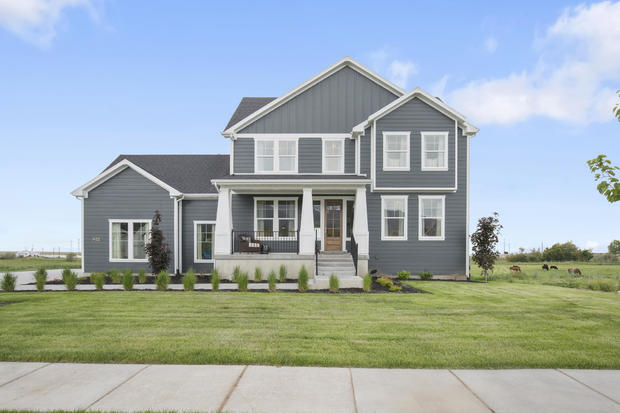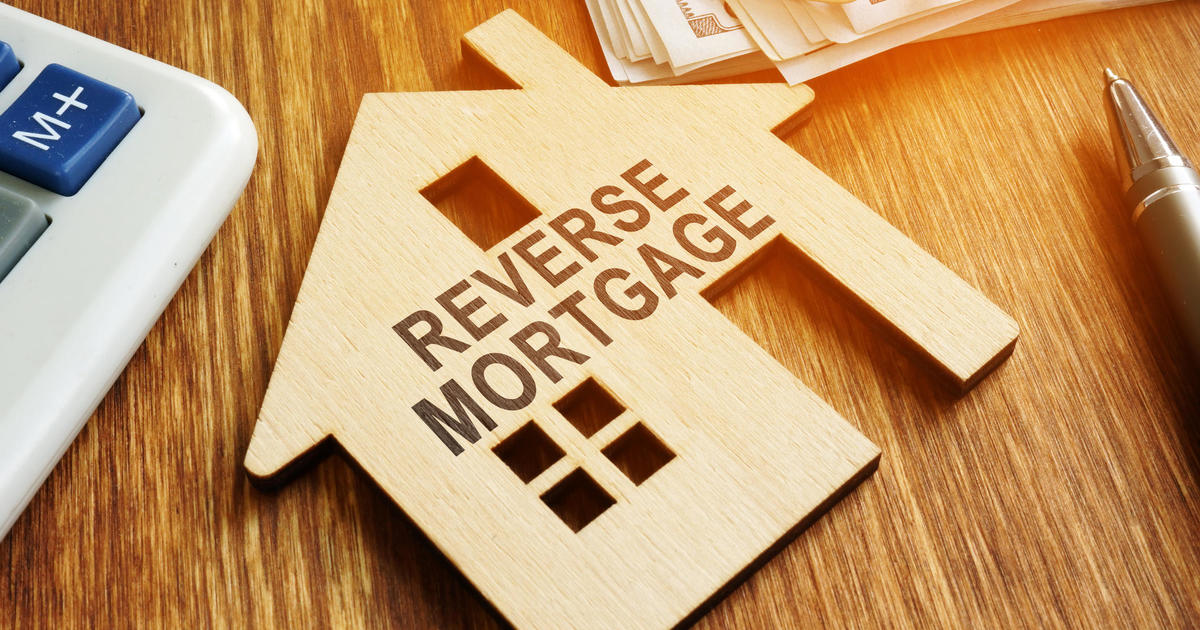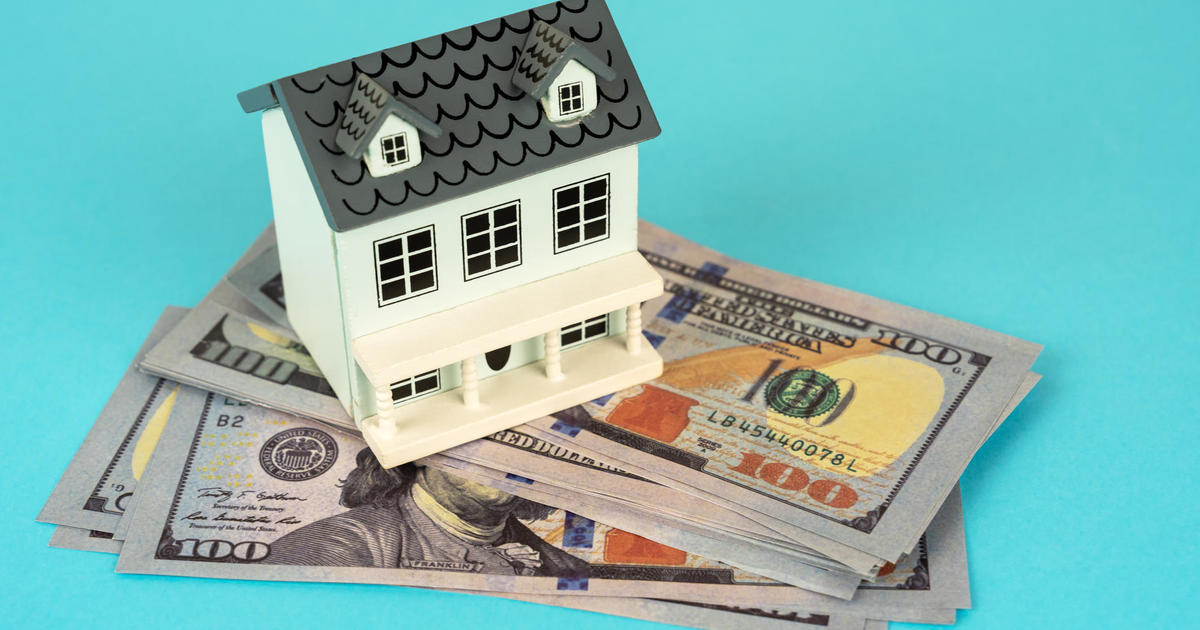What's the best way to get a lower mortgage rate? Experts weigh in
With inflation still problematic, the Federal Reserve is keeping interest rates elevated — and that means higher mortgage rates, too. While they're not the highest the nation has ever seen (those topped 18% in the 1980s), they are making it hard for many hopeful homebuyers to afford a house.
Fortunately, you don't have to take those rates at face value. Do you need a lower mortgage rate to make your homeownership dreams a reality? We asked some experts about the best ways to do it.
Start by seeing what mortgage rate you could qualify for here today.
What's the best way to get a lower mortgage rate?
Here are six of the best ways to get a lower mortgage rate now, according to the experts we spoke to.
Consider an adjustable-rate mortgage
The 30-year, fixed-rate mortgage might be the most popular type of loan out there, but that doesn't mean it's right for everyone. In fact, when rates are high, you might want to look toward adjustable-rate mortgages (ARMs) instead.
"Generally, ARM products will always offer buyers a lower rate than a fixed option," says Brian Shahwan, a mortgage broker at William Raveis Mortgage in New York. "In a high-rate environment, buyers should consider taking the ARM with the lowest rate and use the savings towards the future refinance."
Shahwan mentions refinancing because ARMs have rates that change over time. Your low rate is fixed for a few years — often three to seven — and then the rate goes up or down based on market conditions. For this reason, you may want to sell your home or refinance before your rate (and payment) could potentially rise.
ARMs are "ideal" for borrowers who don't plan to stay in their homes long, Shahwan says. They can also be smart moves if rates are expected to decline in the near term, as they allow you to take advantage of lower rates without having to refinance.
"In a high-rate environment that we find ourselves in today, ARMs are increasingly attractive as their variable nature may allow your rate to decrease if market rates fall after your initial fixed period expires," says Matthew Sanford, assistant vice president of mortgage lending at Skyla Federal Credit Union in Charlotte, North Carolina. "This could save on the hassle and cost of a refinance."
Learn more about your best mortgage rate options here now.
Pick a shorter loan term
Shorter-term loans can also help you get a lower interest rate — both on ARMs and on fixed-rate loans. For example, the current rate on 30-year, fixed-rate loans last week was 6.90%, according to Freddie Mac. On 15-year loans? It was just 6.29%.
"Choose a loan with a shorter term," says Jay Garvens, manager of Churchill Mortgage's Garvens Group in Colorado Springs, Colorado. "Typically, a 15-year term or a 10-year term mortgage will have a lower interest rate than a 30-year loan. You will also pay less interest to the bank with a shorter loan because of the way compounding interest is calculated on shorter-term loans."
Just note that the compressed time frame will lead to a higher monthly mortgage payment due to the shortened time period to repay the loan.
Buy down your mortgage rate (or get someone else to)
You can also purchase a lower mortgage rate. This is called "buying down" your rate or "buying points." With this strategy, you'd pay an upfront fee — usually 1% of your mortgage balance — in exchange for an interest rate 0.25% lower (the exact amount varies by lender, though). You can usually buy a few of these "points."
"If rates are low and the borrower has additional money to put towards decreasing the rate, it would be money put to good use to achieve the lowest rate possible -- especially if rates aren't expected to decline in the near future," Shahwan says.
To determine if buying points is a smart move, you need to calculate the breakeven point on them. This is the point at which the savings from the buydown outweigh the costs to purchase it. To calculate yours, just take the total cost of the points and divide by the monthly savings your lower rate gives you. The number you get is the month in which you'll "break even" on your costs.
"If you intend to keep your home for a long period of time buying points is a great way to lower your mortgage rate," Sanford says. "If the home isn't your forever home or you anticipate the need to sell the property in the future, buying points may not make sense financially."
In some cases, sellers, lenders, and builders offer to cover buydowns, too, particularly when rates are high. Often, these are temporary rate buydowns, which give you a lower rate for the first one, two or three years of the loan.
See what mortgage rate option you could qualify for here.
Compare mortgage lenders
Looking at several lenders can help you get a better mortgage rate, too and for many reasons. For one, rates and fees differ widely from one lender to the next. Some banks also offer rate discounts for current customers as an appreciation of loyalty, and they also assess risk differently, which can result in different rates as well.
"Lenders assess credit profiles differently, leading to varying interest rate offers," says Matt Vernon, head of consumer lending at Bank of America. "By shopping around, you can find the lender that offers the best rate based on your specific credit profile."
Generally, you'll want to get quotes from a variety of lenders — your main bank, a credit union and an online mortgage company among them. According to Freddie Mac, getting just two rate quotes can reduce your rate by 0.10%.
After you get your quotes, be sure to negotiate with the lenders you contacted, as there may still be wiggle room, particularly if the market is competitive.
Refinance your mortgage
If you already have a mortgage, refinancing may be able to get you a lower rate — but it depends on when you got your loan and what current mortgage rates are.
"Refinancing can be an excellent way to lower your mortgage rate, as long as the numbers all make sense," Shahwan says. "Depending on the borrower's current rate, if the market allowed them to refinance at a rate low enough that the monthly savings would be substantial, it would be beneficial in any market."
That's typically not the case in today's landscape, as many homeowners have rates under 6%.
You'll also want to consider the cost of refinancing — usually about 2% to 5% of the loan amount. Again, you'll want to calculate the breakeven point to be sure you'll be in the home long enough to reap the savings.
Learn more about your refinancing options online.
Improve your financials
Last but not least, work on improving your financial profile. Increasing your income, paying down debts, and boosting your credit score can all help lower your risk as a borrower and qualify you for a lower mortgage rate. You can also save up for a larger down payment, as it means the lender has less cash on the line. "Mortgage pricing is all about risk," Sanford says. "The less risky you appear to your lender, generally, the lower the rate they can offer."
Proceed carefully
Keep in mind that even with these strategies, your rate can only drop so far — and even then, it may not be enough. If you're not sure you can handle the payment on a house, even with a lower rate, then you may want to shore up your finances and wait on that home purchase.
And if you're stuck with a high rate on your current mortgage, refinancing — once rates drop — could help. You can also make extra payments toward your loan balance, which (in the long term) equates to a lower interest rate, Garven says.
"You essentially give less interest to the bank and pay less interest over the life of the loan," he says.




